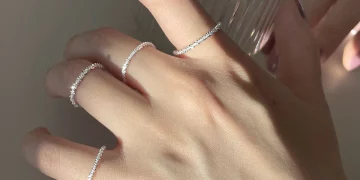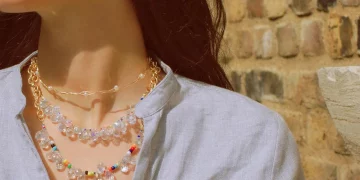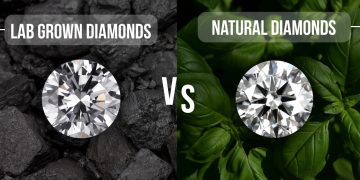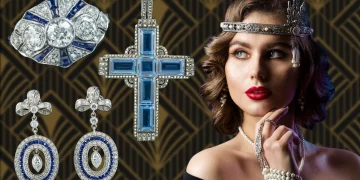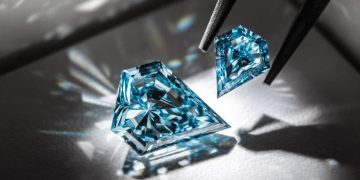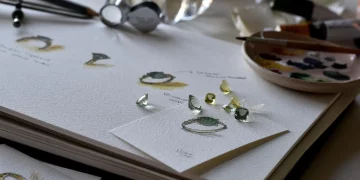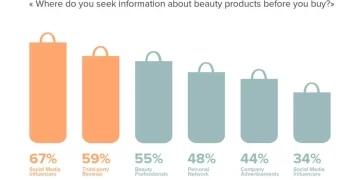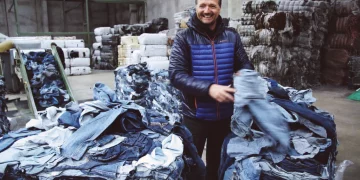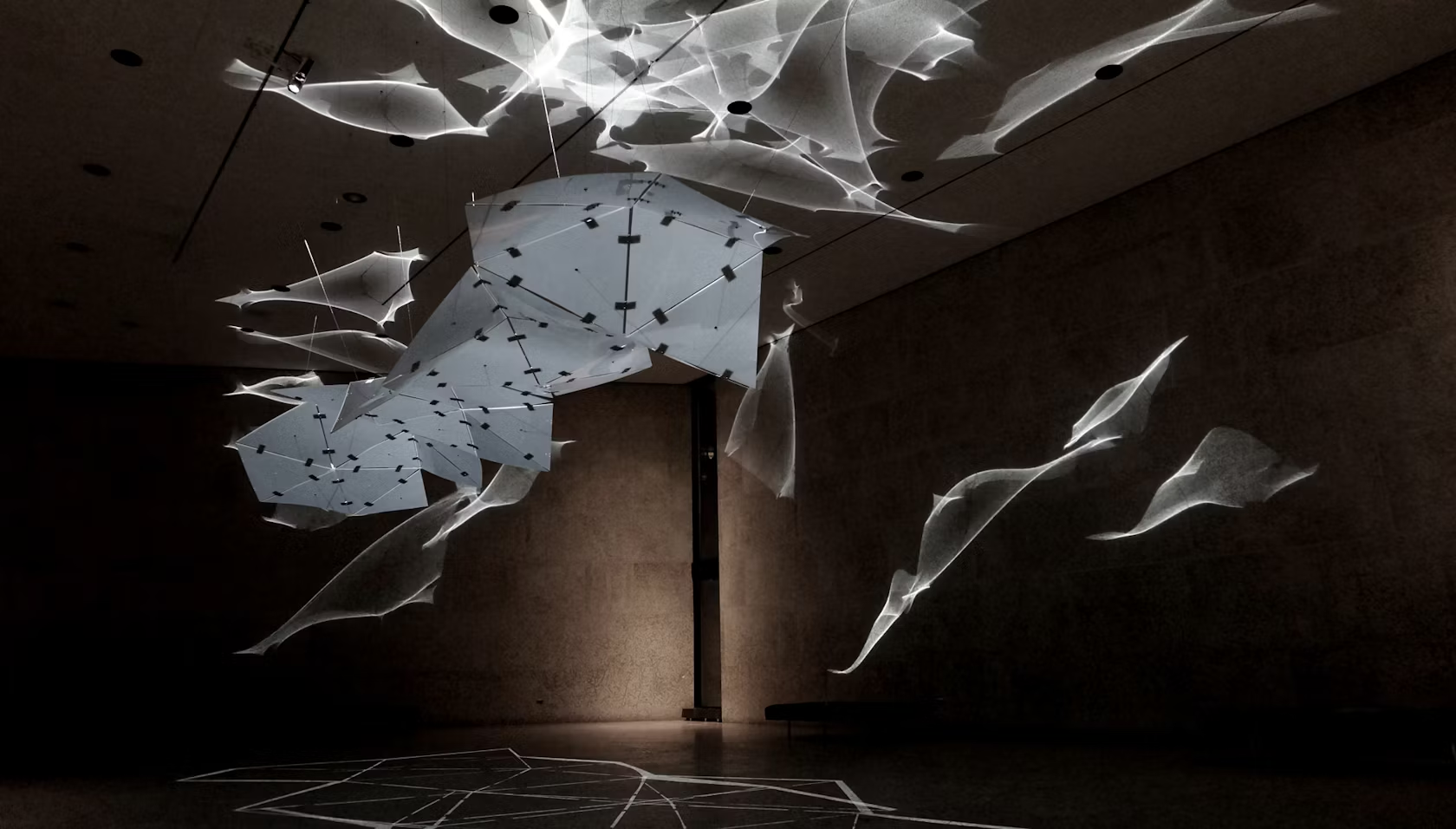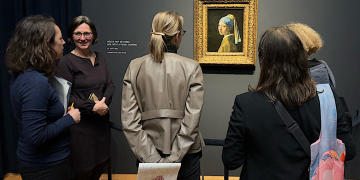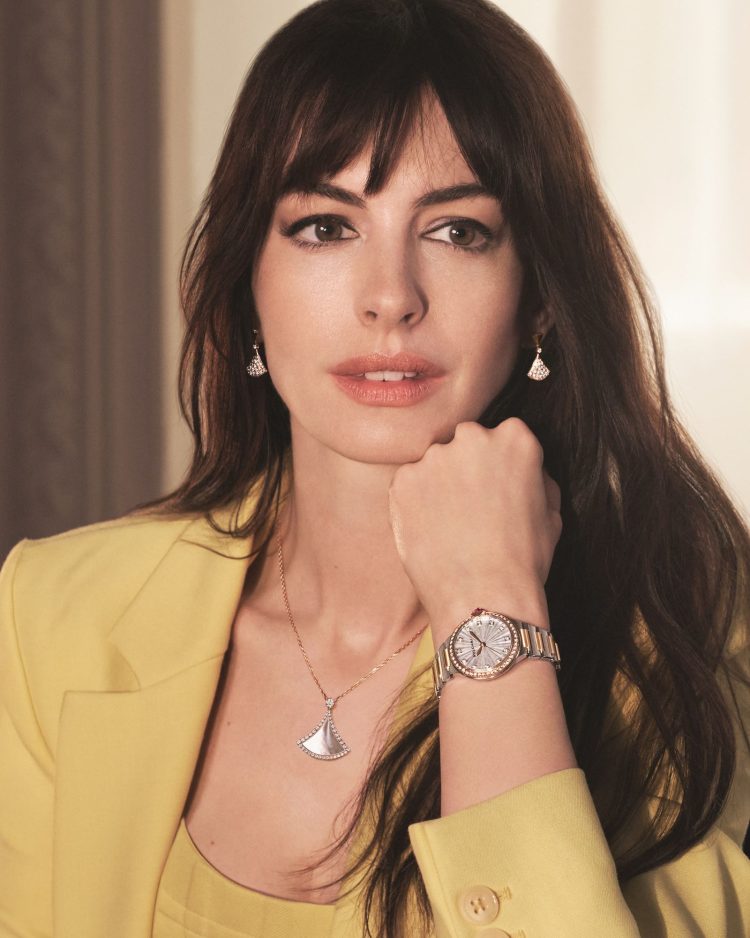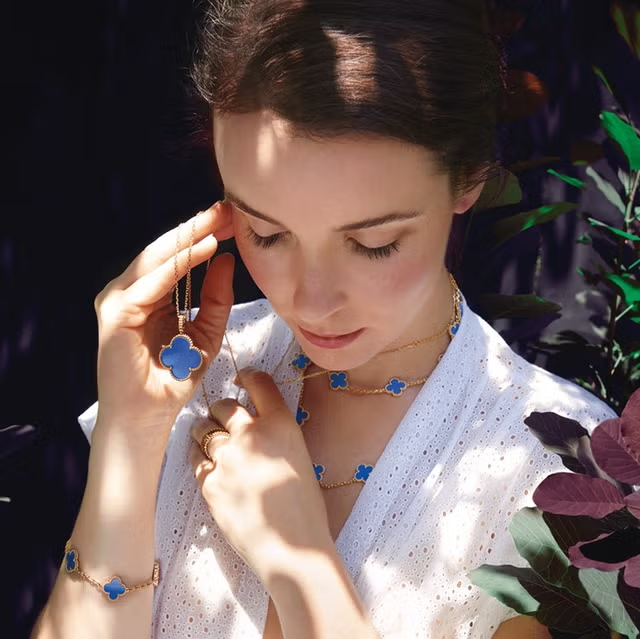Over the past few years, there has been a noticeable resurgence in interest for vintage and retro-style jewelry, especially among younger consumers. What was once considered old-fashioned or even outdated is now at the forefront of fashion trends, with vintage-style jewelry becoming a symbol of personal expression and a nod to sustainability. This shift in preference can be attributed to several factors, ranging from the increasing appreciation of historical craftsmanship to the growing importance of environmental consciousness.
In this article, we will explore why vintage-style jewelry is becoming increasingly popular among younger generations, shedding light on the factors behind this trend and what it says about the evolving landscape of fashion and luxury.
1. The Allure of Timeless Craftsmanship
A. Appreciation for Artistry and Skill
One of the primary reasons vintage jewelry is gaining traction among younger generations is the growing appreciation for craftsmanship. Unlike many contemporary mass-produced pieces, vintage jewelry was often crafted by hand, with significant attention to detail and artistry. These pieces reflect a level of craftsmanship that many young consumers find inspiring and authentic.
Vintage designs, whether they hail from the early 20th century or a specific era like the Art Deco or Victorian periods, represent the mastery of artisans who carefully designed and created pieces to be passed down through generations. Today’s younger buyers, particularly those with an eye for quality over quantity, are drawn to these time-tested pieces, which reflect an appreciation for artistry that mass-produced, factory-made jewelry may lack.
B. Unique Designs
Vintage jewelry often carries distinctive design elements that set it apart from more contemporary styles. These include intricate detailing, bold shapes, and unusual combinations of gemstones and metals. With many younger consumers eager to stand out from the crowd, the uniqueness of vintage pieces offers an alternative to the more predictable and ubiquitous designs found in modern jewelry collections.
Pieces from different eras, such as Art Nouveau‘s organic curves or Mid-Century Modern‘s clean lines and geometric forms, allow young consumers to express their individuality in ways that mass-produced jewelry may not. In an age where everyone has access to similar styles, vintage pieces stand out as a representation of personal taste and creativity.
2. Sustainability and Eco-conscious Values
A. Vintage as a Sustainable Alternative
For younger generations, sustainability has become one of the most significant factors influencing purchase decisions. As issues like climate change, overproduction, and waste gain more attention, young consumers are becoming increasingly aware of the environmental impact of their purchases.
Vintage jewelry, being pre-loved and often upcycled or recycled, presents a more sustainable option compared to buying new, mass-produced pieces. By purchasing vintage jewelry, young buyers are engaging in the practice of reusing and recycling precious metals and gemstones, which reduces the need for resource-intensive mining and manufacturing. Additionally, buying second-hand jewelry helps to decrease the carbon footprint associated with new product creation.
This eco-conscious approach appeals to a generation that is more socially and environmentally aware than ever before. Sustainable fashion has become a significant movement in the broader fashion world, and jewelry is no exception.
B. The Value of Heritage
Vintage jewelry often carries a sense of history and legacy. Younger consumers who are interested in sustainability may be particularly drawn to vintage pieces because they often represent stories from the past. Whether it’s a piece passed down through generations, or a rare find from a specific era, the history embedded in each piece creates an emotional connection and gives it more sentimental value.
This sentimentality and connection to the past align with the growing interest in slow fashion, which emphasizes quality, longevity, and individual story over disposable, fast-fashion trends. Vintage jewelry, with its timeless appeal, becomes an investment in both style and sustainability.
3. Nostalgia and Cultural Influence
A. Influence of Retro and Nostalgic Aesthetics
Nostalgia has a powerful influence on modern consumer behavior, and it’s particularly evident in the jewelry preferences of younger buyers. Millennials and Gen Z, in particular, have grown up in a world saturated with digital culture, and many are seeking connections to a past they did not directly experience but feel drawn to.
Through platforms like Instagram, Pinterest, and TikTok, young people are exposed to vintage aesthetics and fashion from different decades, whether it’s the opulence of 1980s statement jewelry or the delicate elegance of Edwardian rings. These nostalgic trends evoke a sense of longing for a different time, often one that feels more glamorous or romantic, and vintage jewelry offers a way to tap into that fantasy.
B. Celebrity Influence
Celebrities and influencers play a major role in shaping the tastes of younger generations, and many are leading the charge in popularizing vintage jewelry. Well-known figures like Kendall Jenner, Harry Styles, and Zendaya have been seen wearing vintage and antique jewelry, which has propelled these pieces into the mainstream.
Vintage jewelry is often associated with celebrity style and red carpet glamour, with iconic pieces being passed down through the generations or discovered at auctions and antique stores. These associations add to the appeal for younger consumers who want to emulate their favorite stars and look unique while doing so.
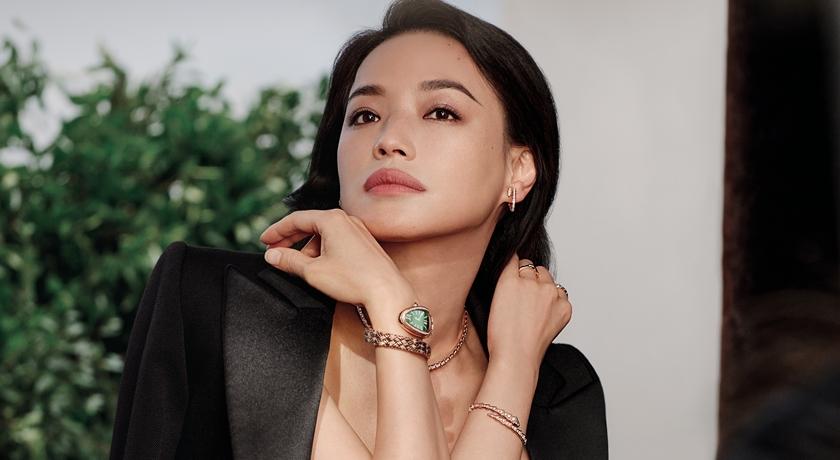
4. The Appeal of Affordable Luxury
A. Value for Money
While luxury jewelry has always been seen as an investment, vintage jewelry often offers a more accessible way for young buyers to own high-quality, luxurious pieces without the hefty price tag associated with brand-new designs. Vintage pieces can often be found at more affordable prices, especially when compared to the inflated prices of contemporary luxury brand jewelry.
The allure of acquiring a vintage diamond, antique bracelet, or rare brooch at a fraction of the price of a new luxury piece is highly appealing. In an era where many young consumers face financial pressures—whether due to rising living costs or student debt—vintage jewelry provides an opportunity to own exquisite pieces while also being mindful of their budget.
B. Investment Potential
In addition to being more affordable upfront, vintage jewelry can also be seen as a smart investment. Over time, certain vintage and antique jewelry pieces increase in value, particularly those that are rare or from famous designers. For young consumers who are looking to make purchases that offer potential returns, vintage jewelry can be an attractive option.
Jewelry from established names like Cartier, Tiffany & Co., or Van Cleef & Arpels often appreciates in value, making it not just a fashion choice but a potential financial asset. The notion of buying jewelry that holds or increases in value is another factor contributing to the increasing popularity of vintage pieces.
5. Customization and Personalization
A. Uniqueness of Vintage Pieces
Another reason why young buyers are drawn to vintage jewelry is the unique and often customizable nature of many pieces. Many vintage items can be altered or repurposed into something more modern or suited to the individual’s style. For example, a vintage ring can be re-set with a new gemstone, or a brooch can be transformed into a pendant or a pair of earrings. This ability to personalize and reimagine vintage jewelry adds another layer of creativity and appeal for younger consumers looking to make a statement.
Unlike mass-produced, contemporary designs, vintage pieces allow for an unparalleled sense of individuality. Wearing a piece of jewelry that is entirely unique—whether through its design, provenance, or customization—allows the wearer to express their style in a way that feels personal and distinct.
6. Conclusion: A Resurgence of Vintage Jewelry Among Younger Generations
The rising popularity of vintage-style jewelry among younger generations is a multi-faceted trend that combines nostalgia, sustainability, personal expression, and the desire for unique and high-quality pieces. As consumers become more conscious of the environmental and social impact of their purchases, vintage jewelry provides an attractive alternative that aligns with their values while offering luxury and timeless design.
With its ability to evoke a sense of history, provide affordable luxury, and offer the opportunity for personalization, vintage jewelry is no longer seen as a relic of the past. Instead, it is a growing trend among younger consumers looking for pieces that reflect both their values and their individuality.
As this trend continues to gain momentum, it’s clear that vintage jewelry is more than just a passing fad—it’s becoming a central part of the fashion and jewelry landscape, offering both style and sustainability for the next generation of consumers.

